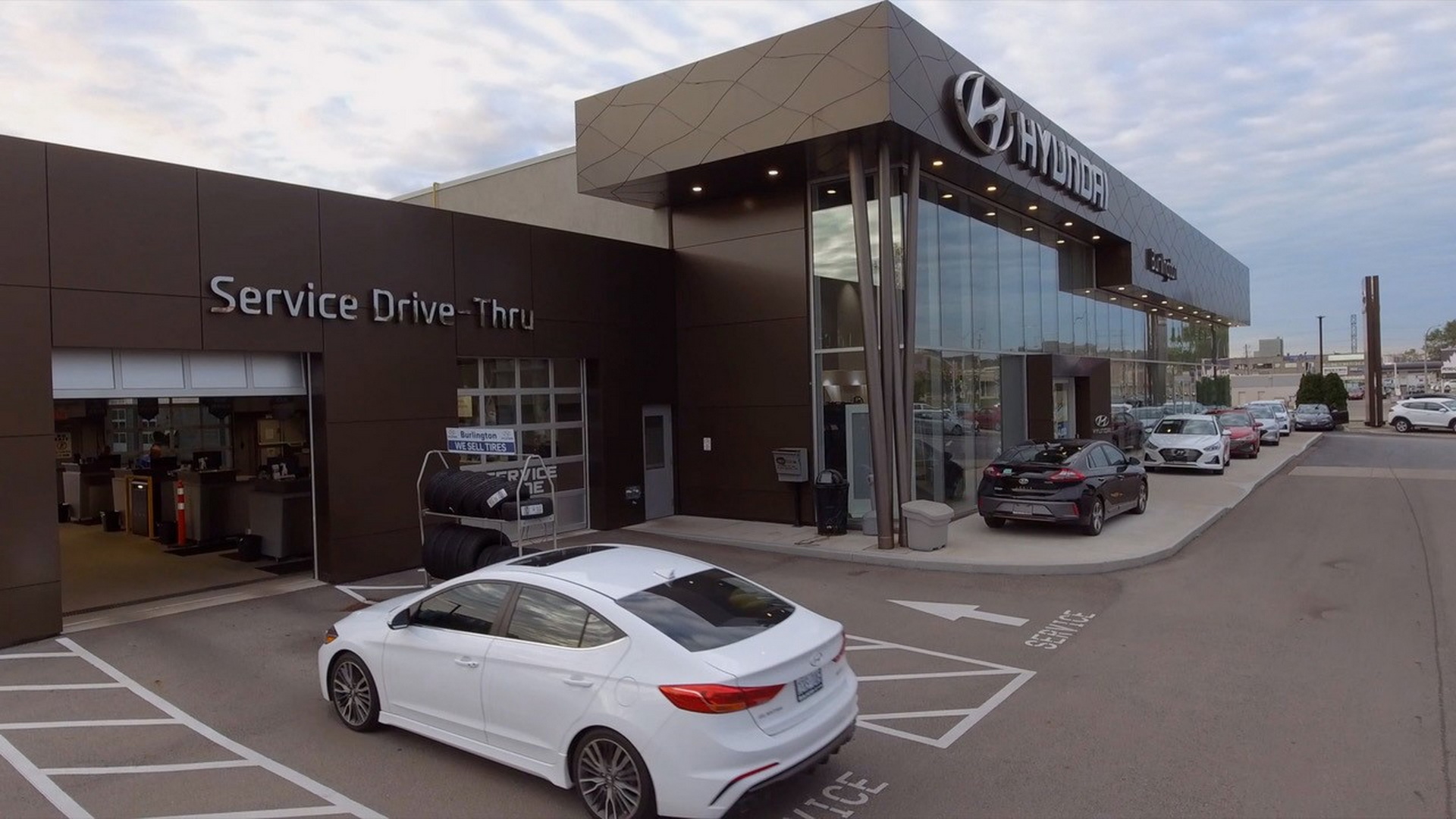The percentage of automotive loans that are at least 60 days delinquent hit 1.65 percent in the third quarter of 2022. That’s the highest rate of delinquencies in more than a decade, which indicates that vehicle owners are increasingly struggling to make payments on their vehicles.
The rising rates of auto loan delinquencies is related to a number of factors, including rising inflation. With prices for all products increasing, owners with a loan on their vehicle may have more difficulty paying it now than they did when they entered into their agreement, even if they’re making the same amount of money.
“Consumers still want to stay current as best that they can. It’s just this inflationary environment is making it challenging,” Satyan Merchant, the senior vice president of TransUnion, told CNBC. “It leaves fewer dollars in their pocket to make the auto loan payment, because they’ve got to pay more for eggs and milk and other things.”
Read: Repossessions On Cars Are Exploding And That’s Bad News For Everyone
The consumers feeling the biggest impact are subprime borrowers, who have lower credit scores and, often, lower income. The sudden rise in delinquencies may also be related to the end of some loan accommodation programs set up during the pandemic that were designed to help provide relief for vehicle owners who might have lost their job during the pandemic.
“There has been this effect where the delinquency that may have occurred over the last few years is really just pushed out or delayed because that consumer didn’t have to make payments or their status was on an accommodation. So now some of those are hitting,” said Merchant.
In addition, the prices of new vehicles have been very high. Automakers struggled to build new vehicles during the pandemic, but demand remained strong, causing prices to go up, and dragging the prices of used vehicles up with them. That may be adding pressure on people who took out a loan to buy a car.
Merchant argued that the loan market is still healthy despite the signs. With unemployment rates low, delinquency rates have been kept in check. But if that changes, the industry could be in trouble.
“If we get into a position where employment starts to be a challenge in the United States and unemployment increases, that is when the industry will really start to be concerned about a consumer’s ability to pay their auto loans,” said Merchant.






